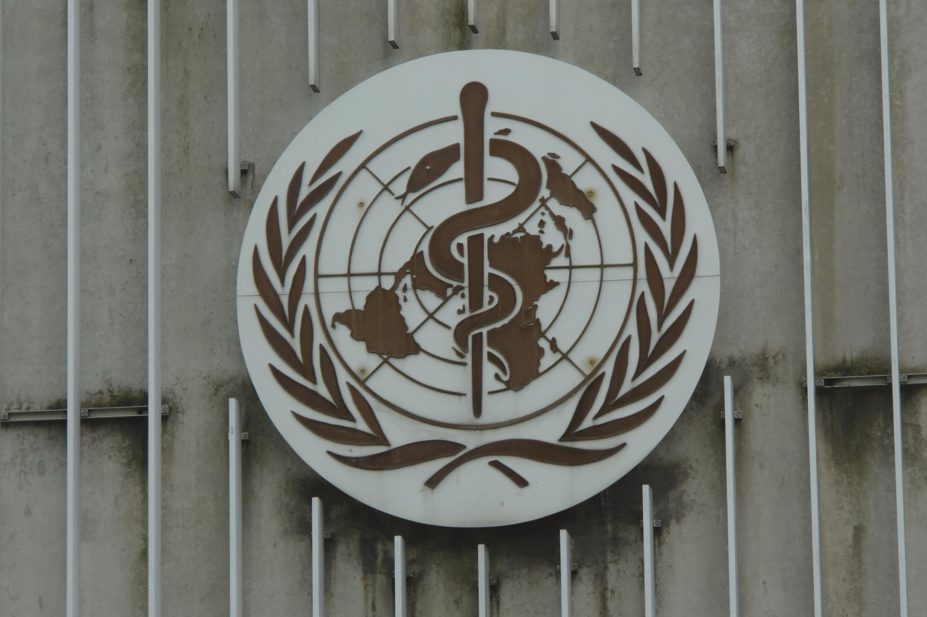
Yann / Wikimedia Commons
The World Health Organization (WHO) has issued new guidelines to expand access to naloxone in an effort to reduce the number of deaths caused by overdoses of opioids, including morphine, heroin, tramadol, oxycodone and methadone.
The guidelines state that naloxone should be made more widely available, with improved access for people who are likely to witness an overdose, such as family members of drug users, social workers and police.
WHO estimates that some 69,000 people worldwide die from opioid overdose each year with 40,000–45,000 of them related to heroin overdose, but an increasing portion — 20,000–25,000 — due to prescription opioid overdose.
“The potential of this approach is to save a significant proportion of those lives,” said Nicholas Clark, a WHO medical officer for the management of substance misuse. But Clark noted that WHO is not proposing naloxone provision as an alternative to emergency medicine, but as an interim measure to save the life of someone who is overdosing while waiting for medical care to arrive.
An opioid overdose is easily preventable and treatable, Clark said, if somebody finds a person with naloxone and knows how to resuscitate them.
WHO says naloxone is “cheap” — its price varies from US 50 cents to US$50 across the world. For many years, naloxone has been considered unsuitable for use by lay people and has been limited to emergency departments and some ambulance systems.
Naloxone can be administered by the intravenous, intramascular, subscutaneous, and the intranasal routes. It has been accessible in Scotland for people at risk of an opioid overdose, as well as to their close circle of family and friends, and is available in Italian pharmacies without prescription.
To further reduce the number of deaths owing to overdose, WHO spells out other measures that should be considered, such as curbing inappropriate opioid prescribing and inappropriate over-the-counter sales.
Of the estimated 16 million people who suffer from opioid dependence, Clark said, only 10% are receiving treatment for their addiction. Prescription opioids have increasingly been used in the management of chronic non-cancer pain such as lower back pain.
The United States, for instance, has seen more than a ten-fold increase in prescription opioids in a decade; in 2010 some 16,651 people died from an overdose of prescription opioids and 3,036 from a heroin overdose.


